[This is a running series where I share my thoughts on a different comic each Monday, sometimes Manga, sometimes American, Chinese, Korean or UK comics. I read a huge amount of comics and thought I’d start to highlight some of the more interesting ones.]
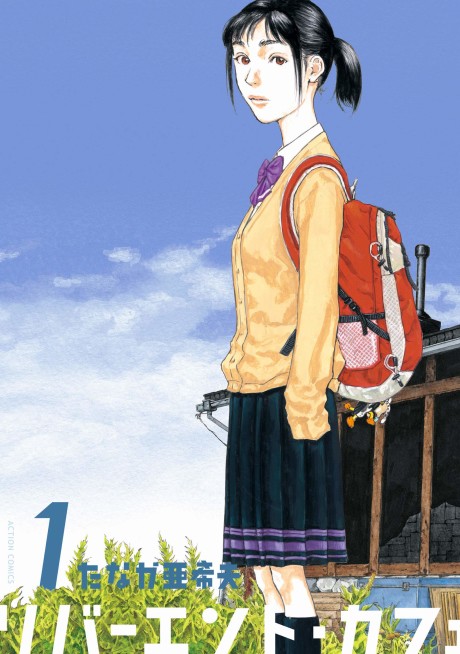
Series Name: River End Cafe
Author: Tanaka Akio
Artist: Tanaka Akio
Tags: Slice-of-Life, Drama
Target Audience: General Audience
MICE Quotient: Milieu
Rob Rating: 8/10
Official Synopsis: In the aftermath of the 2011 Tohoku earthquake, the idyllic city of Ishinomaki and its people have been left devastated. High schooler Irie Saki has been bullied and left all alone after a certain incident at school. After meeting the mysterious owner of the River End Cafe, she begins to learn the importance of the thing she once rejected.
Rob Synopsis: River End Cafe is basically a slice-of-life anthology series about Saki, a girl who lost her family during a disaster, regaining her connections to society.
After the earthquake, she said the quiet part out loud…
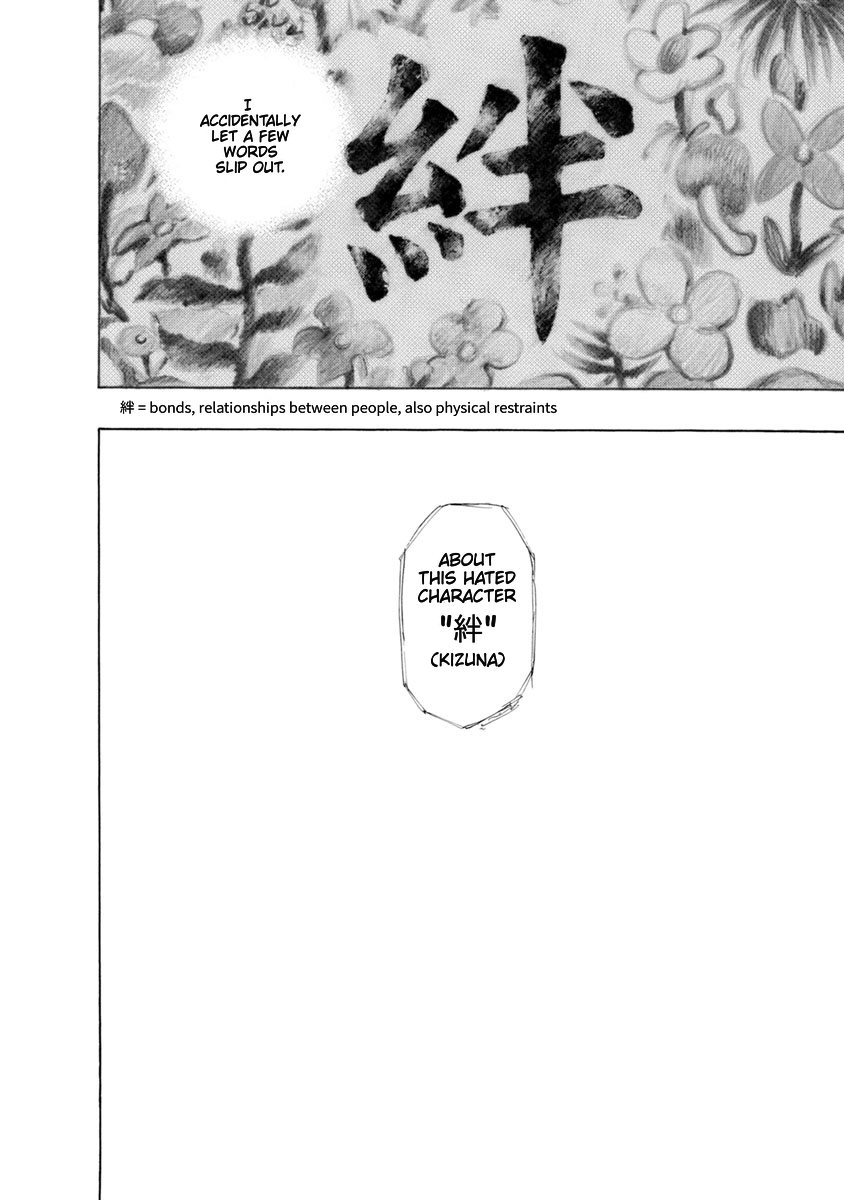
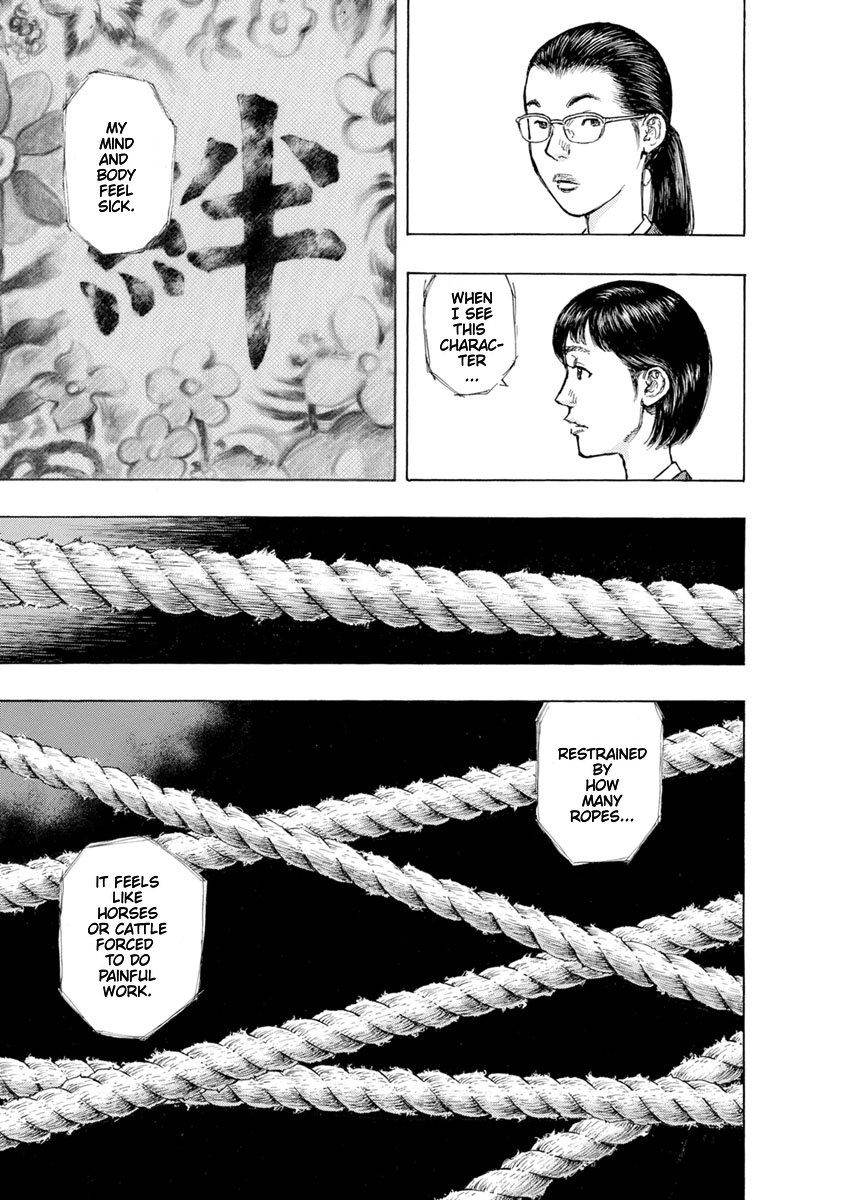
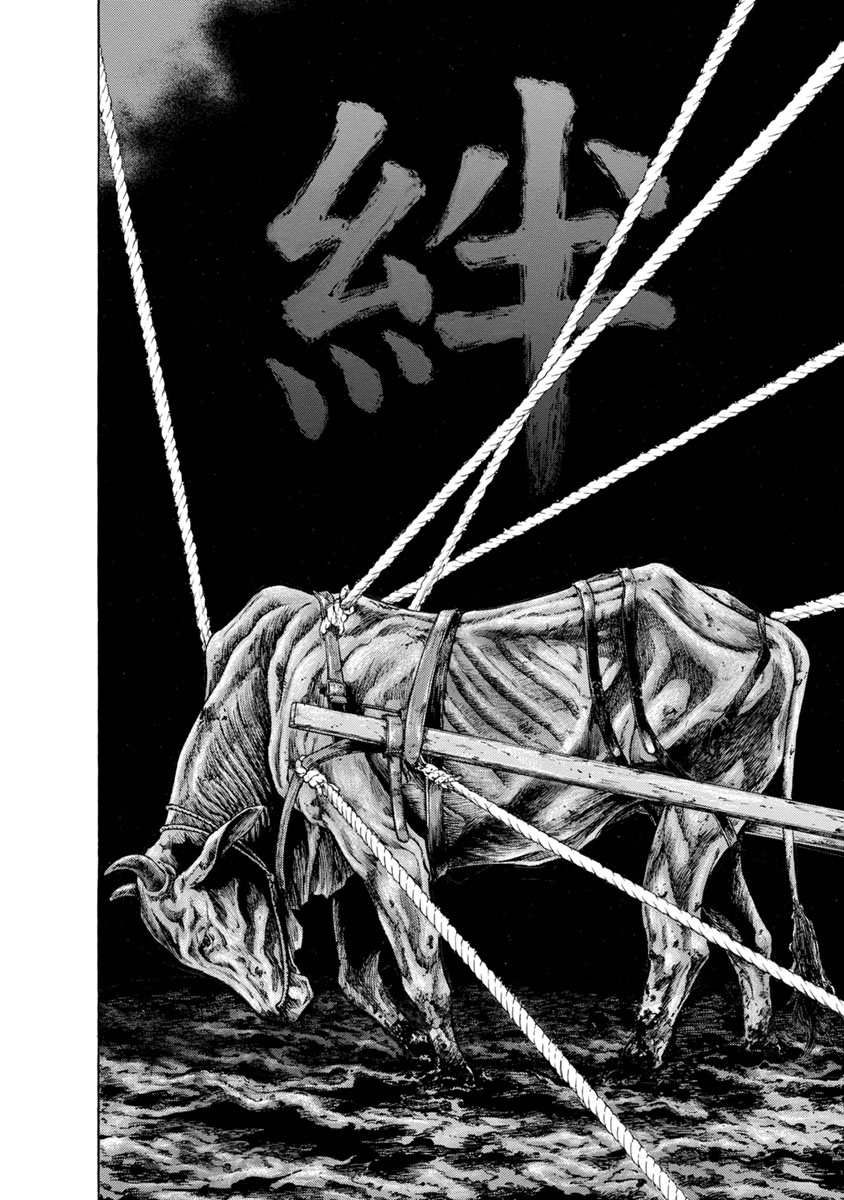
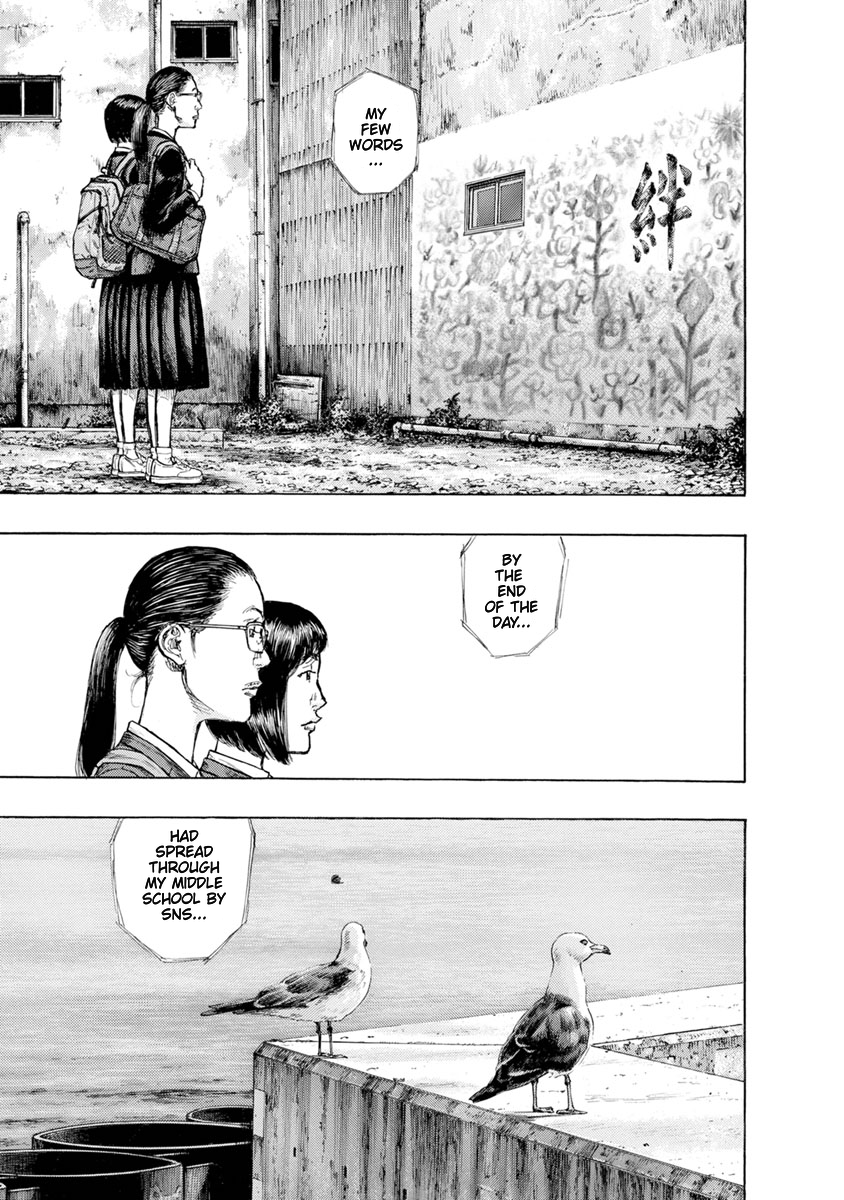
And became the target of bullying and harassment from her classmates who were still filled with anger and anxiety from their own trauma.
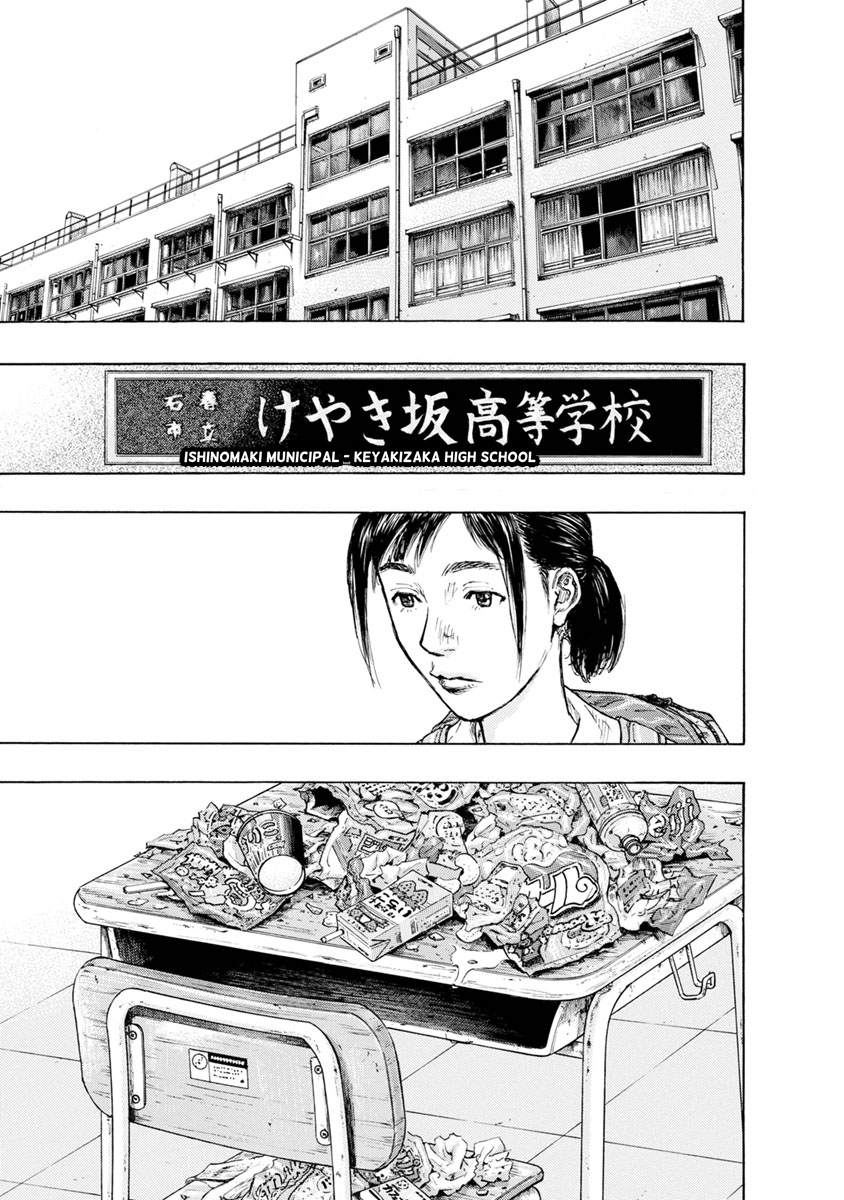
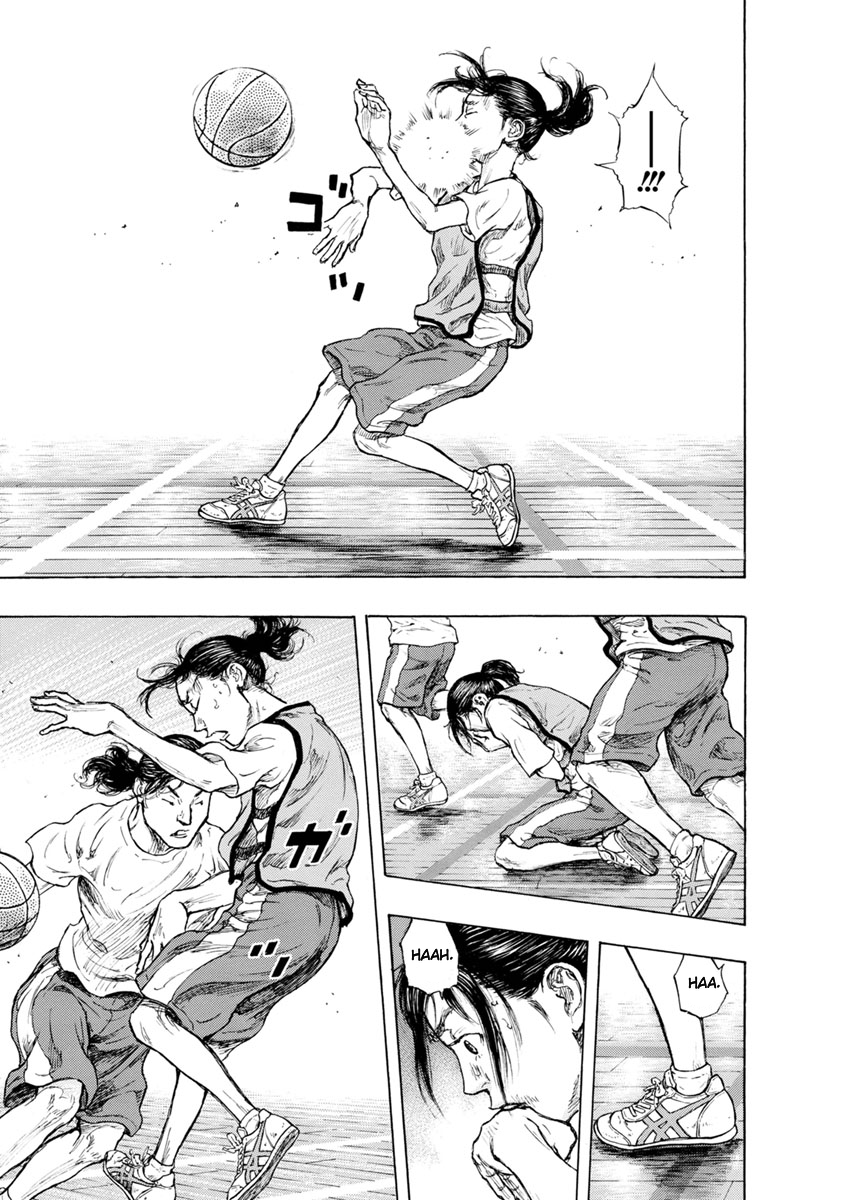
Until fate brings her to a man who is rebuilding a café and a life on the edge of the city in the land which was washed clean by the tsunami.
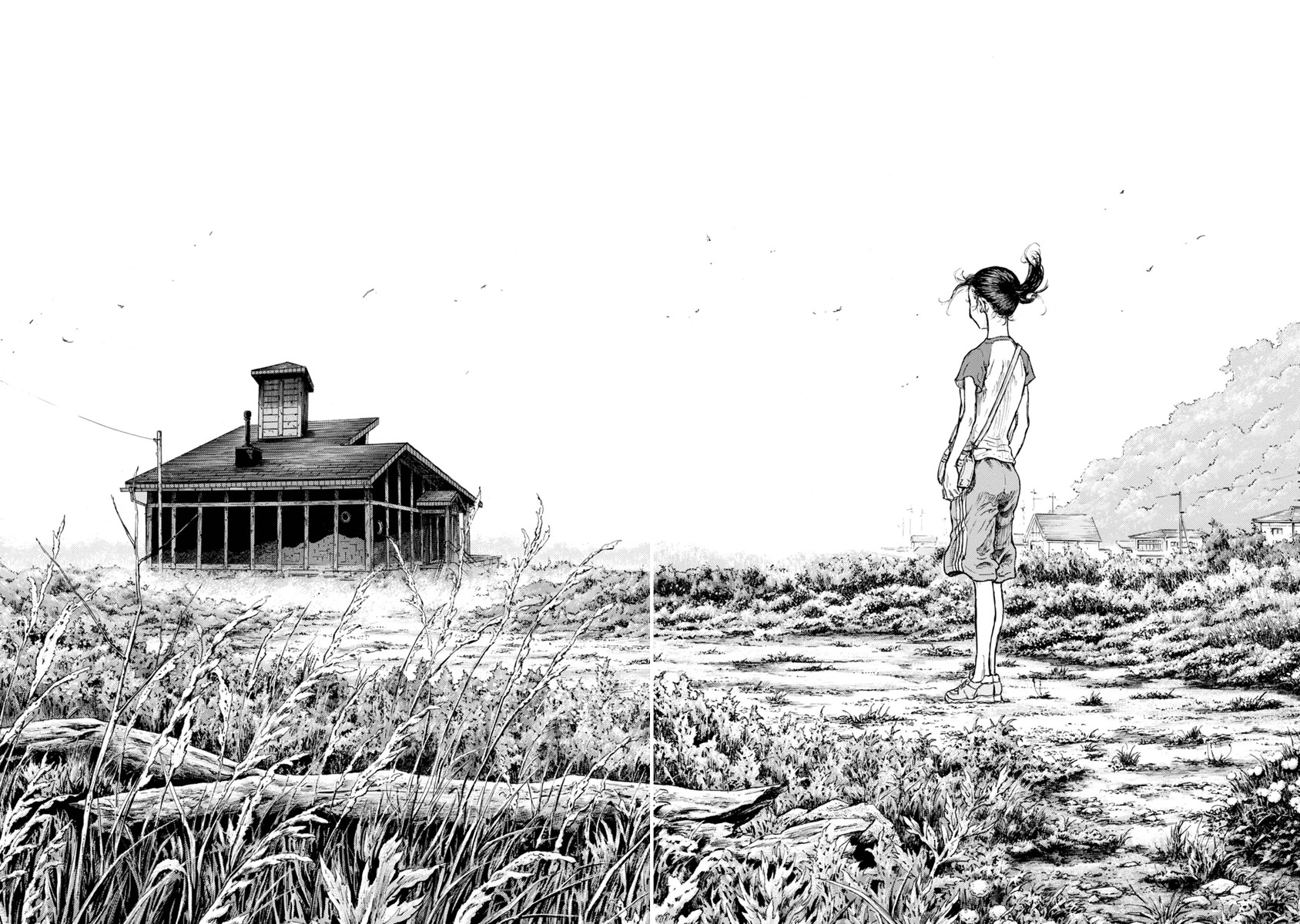
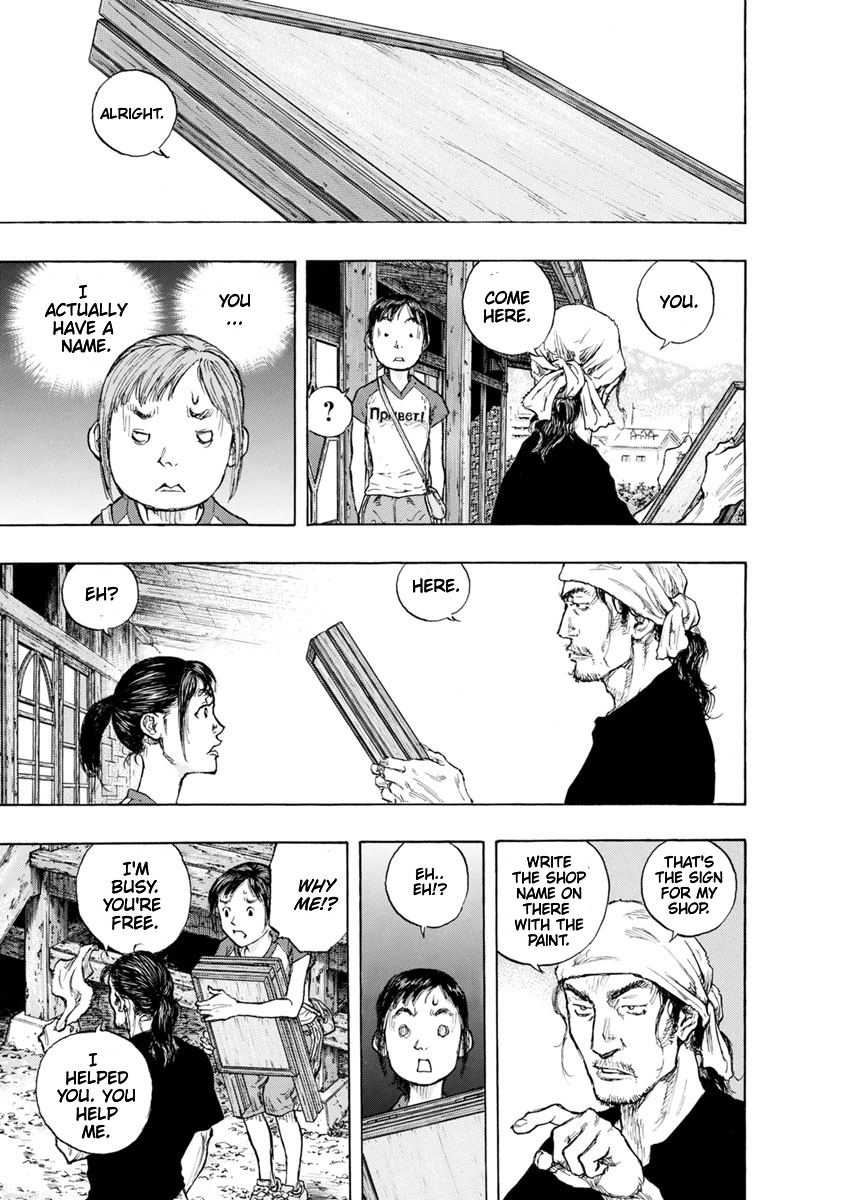
And the series of stories that follow are Saki’s slow reconnection of her kizuna (bonds) with society as her job at the café and relationship with the owner bring her into contact with a series of people and situations that help her to heal her own trauma and find herself again.
Rob Thoughts:
River End Cafe is one of those comics that always brings a smile to my face when a new chapter comes out, even when the content of the comic itself is sometimes a little grim. And make no mistake, if you’re reading this expecting gags or a stream of humor, then you’re looking in the long place. This is a true slice-of-life comic that uses a often amusing art (mostly in the form of Saki’s expressions) to look at life from many angles, some of which are funny, others tragic, sad, or even horrific. This is a comic about loss and recovery, and it can’t do it’s job without sometimes going into some dark places.
That said, the author’s light touch keeps it from getting too dark, and always keeps things interesting to the reader. It’s a perfect example of manga as an art form doing what it does best – using appealing art to make content that might otherwise be unappealing to many into something universal. If these were short stories in text form, only those into literary fiction would probably read them because there is no mass genre appeal, but because it’s presented in a way which is visually open and accessible, the audience for it becomes wide.
This is wonderful because it lets the story go where it wants without genre constraints, and this gives the audience and experience which they might normally skip because it “wasn’t to their tastes” when in reality it is something they can enjoy and benefit from reading.
Saki’s story is pretty universal and traditional – a broken person being made whole and returned to society through their connection with others, and the author uses that as a foundation to explore life in Ishinomaki after the Earthquake. Her trauma is the trauma of the people and city itself, and she is a person without any bonds until the owner of the café gives her a place in society again, and a connection to the outside world that lets her start to understand her own feelings. She meets many interesting and eccentric people who come to the café, and through interacting with them learns about how they have recovered and are even flourishing in this new world that has followed the tragedy.
Actually, my favorite story from the series so far is one about an old priest who comes to the café because he’s on a quest to find a wooden statue that was lost during the tsunami. This leads into an exploration of local art, psychic mysticism, and the topography of the area that comes together into an ending which is both touching and funny that I can’t spoil but recommend you read. (It’s chapter 6-8, but read 1-5 before it anyway, they’re short and fun.)
That said, I gave the story 8/10 and not 10/10 because like many anthology series, not everything “hits” as well as it could. Some chapters get a little too artsy at times and don’t have a strong story underlying them which can make them interesting but unsatisfying. The author is best when they’re basing their stories around the characters and odd situations that come up, and while I understand the impulse to explore and push their art, the story should come first. (Of course, as a writer, that’s my own personal bias. Others may disagree.)
One final thought – you might notice I have tagged the MICE Quotient of this story as Milieu, and this is because at heart the story is about a character being transformed by the world around them. It’s Saki’s interacting with the setting that produces the change which slowly plays out in the story, and this makes it good example of a Milieu story.
In any case, if you have time check out the River End Cafe. It’s a fast read, and I hope you enjoy it as much as I do.
Rob
Links:
River End Cafe on Mangadex
